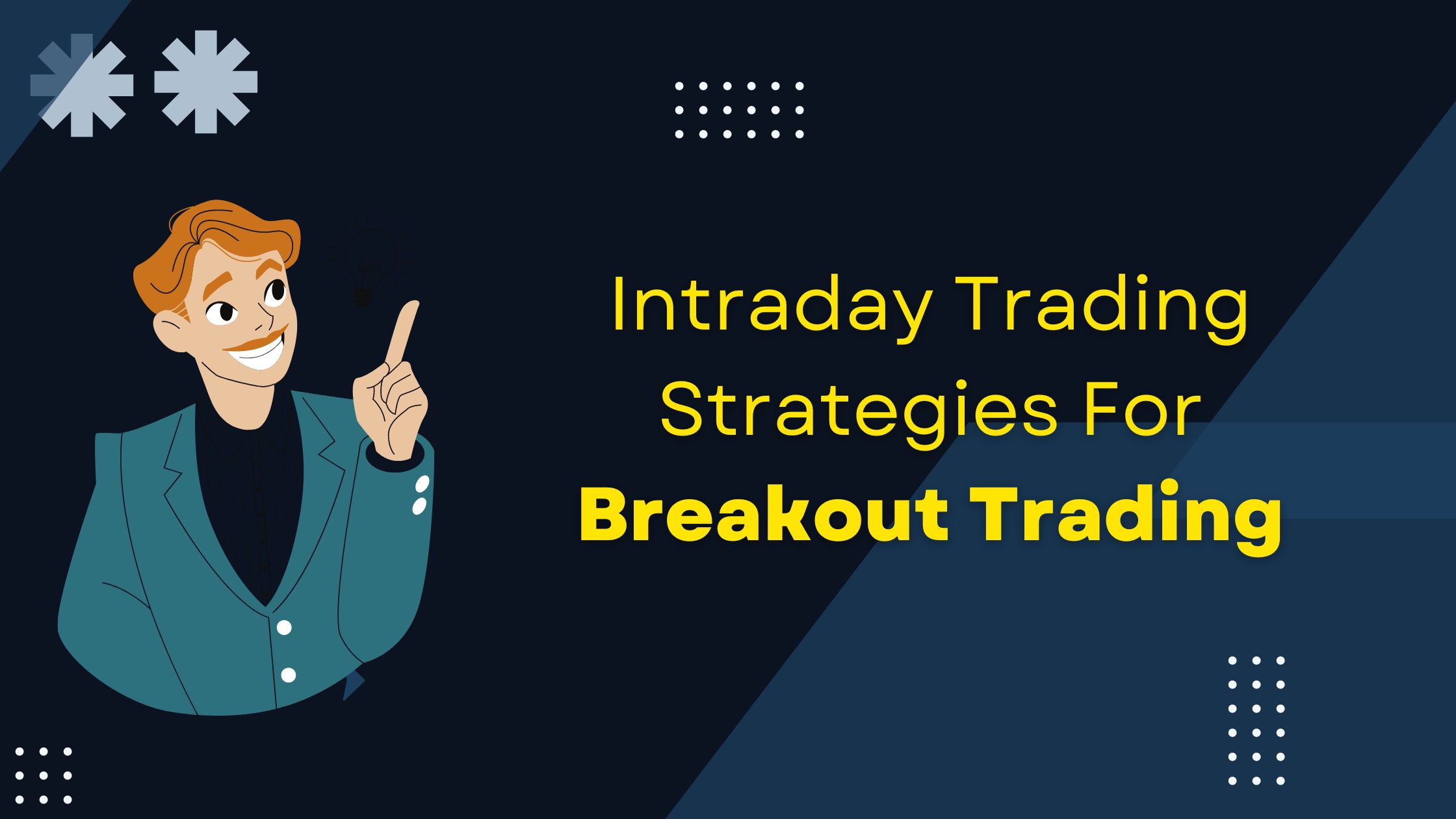
Intraday trading, also known as day trading, is a popular approach in the financial markets that involves buying and selling securities within the same trading day. One common and effective strategy used by intraday traders is breakout trading. In this article, we will explore the concept of breakout trading, its benefits, and various strategies you can implement for successful intraday trading.
Introduction
Intraday trading provides traders with opportunities to profit from short-term price movements in stocks, currencies, commodities, or other financial instruments. It requires making quick decisions based on technical analysis and market indicators. Breakout trading is a strategy that capitalizes on the price momentum when an asset breaks through a significant support or resistance level.
Understanding Intraday Trading
Before diving into breakout trading, it’s essential to understand the basics of intraday trading. Unlike long-term investing, where investors hold assets for an extended period, intraday traders aim to capture small price fluctuations within a single trading session. Traders often leverage technical analysis tools like charts, patterns, and indicators to identify potential entry and exit points.
What is Breakout Trading?
Breakout trading is a technique that focuses on trading opportunities that arise when an asset’s price moves beyond a predefined level of support or resistance. These levels are often drawn on a price chart based on previous price movements and represent zones where buying or selling pressure has historically been significant.
When an asset breaks above a resistance level or below a support level, it suggests a potential shift in market sentiment. Breakout traders seek to capitalize on this momentum by entering trades in the direction of the breakout, expecting the price to continue moving in that direction.
Benefits of Breakout Trading
Breakout trading offers several advantages for intraday traders. Firstly, it allows traders to participate in strong price movements, potentially generating substantial profits within a short period. Secondly, breakout trading provides clear entry and exit signals based on price levels, making it easier to establish trading positions and manage risk. Additionally, breakout trading strategies can be applied across different markets and timeframes, providing versatility to traders.
Setting Up Your Breakout Trading Strategy
To develop a successful breakout trading strategy, several key elements need to be considered.
A. Identifying the Right Stocks
Start by identifying stocks that have a history of exhibiting strong trends and volatility. Look for stocks that have high trading volumes and are driven by fundamental factors or significant news events. These stocks are more likely to experience meaningful breakouts, providing better trading opportunities.
B. Determining Support and Resistance Levels
Next, determine the support and resistance levels on the price chart. Support levels represent price levels where buying interest tends to be strong, preventing the price from falling further. Resistance levels, on the other hand, indicate price levels where selling pressure often emerges, preventing the price from rising higher.
C. Entry and Exit Points
Once support and resistance levels are identified, establish entry and exit points for your trades. A common approach is to enter a trade when the price breaks above a resistance level (bullish breakout) or below a support level (bearish breakout). This entry signal confirms the strength of the breakout and increases the probability of a successful trade.
For exit points, traders often use trailing stop-loss orders to protect profits and limit potential losses. This allows traders to stay in a trade as long as the price continues to move favorably but automatically exits if the price reverses significantly.
D. Risk Management
Implementing proper risk management techniques is crucial in breakout trading. Determine the maximum amount of capital you are willing to risk on each trade and set stop-loss orders accordingly. By limiting your risk exposure, you can protect your trading capital and minimize potential losses.
Types of Breakouts
Breakout trading can be categorized into two primary types: continuation breakouts and reversal breakouts.
A. Continuation Breakouts
Continuation breakouts occur when an asset’s price breaks out of a consolidation phase and continues its previous trend. These breakouts indicate that the prevailing trend is likely to continue, presenting opportunities to join the trend and profit from further price movements.
B. Reversal Breakouts
Reversal breakouts occur when an asset’s price breaks out of a consolidation phase and reverses its previous trend. These breakouts suggest a potential trend reversal, providing opportunities to profit from a new emerging trend.
Breakout Trading Strategies
There are several popular breakout trading strategies that intraday traders employ to identify profitable opportunities. Let’s explore a few of them:
A. Bull Flag Breakout
The bull flag breakout strategy involves identifying a bullish price pattern known as a flag or pennant. This pattern typically forms after a strong upward price movement, indicating a temporary pause or consolidation. Traders enter the trade when the price breaks above the flag pattern, anticipating a continuation of the uptrend.
B. Cup and Handle Breakout
The cup and handle breakout strategy focuses on identifying a cup-shaped price pattern followed by a smaller handle-shaped pattern. This pattern suggests a brief consolidation before the price resumes its upward movement. Traders enter the trade when the price breaks above the handle pattern, expecting a continuation of the uptrend.
C. Triangle Breakout
The triangle breakout strategy involves identifying a triangle pattern formed by converging trendlines. The triangle pattern indicates a period of consolidation before the price makes a significant breakout. Traders enter the trade when the price breaks above or below the triangle pattern, anticipating a strong price movement in the direction of the breakout.
D. Moving Average Breakout
The moving average breakout strategy combines the use of moving averages to identify potential breakouts. Traders look for instances where the price crosses above or below a specific moving average, such as the 50-day or 200-day moving average. This crossover acts as a confirmation of a potential breakout, prompting traders to enter the trade.
Implementing Your Strategy
Once you have selected a breakout trading strategy, it’s important to implement it consistently and diligently. Stick to your predefined entry and exit rules, and avoid impulsive trades based on emotions or short-term market fluctuations. Regularly monitor your trades and make necessary adjustments to optimize your strategy.
Testing and Refining Your Strategy
Successful intraday trading requires continuous testing and refining of your breakout trading strategy. Keep a trading journal to record your trades and analyze their outcomes. Identify patterns or areas for improvement and make adjustments accordingly. Through consistent evaluation and refinement, you can enhance the effectiveness of your strategy over time.
Conclusion
Breakout trading is a powerful strategy for intraday traders, providing opportunities to capitalize on significant price movements. By understanding the concepts behind breakout trading, setting up a well-defined strategy, and implementing proper risk management, you can increase your chances of success in the dynamic world of intraday trading.






